Over the last decade, personal 3D printers have changed everything about making objects.
Suddenly, people have been able to turn nearly any shape or form that they can imagine into a physical object. So inspiring!
(By the way, if you want a primer on how 3D printers work, check out our OWLconnected General Knowledge video on the topic here!)
The only drawback with 3D printers is that they can take quite a long time to make an object. Depending on the size of the object, it can take many hours—even a whole day—to complete a print.
That's where the vacuum former comes in. This cousin to the 3D printer is able to make molds of pretty much any object instantly. Though it doesn't do the exact same thing, it is a similarly powerful creative tool for makers and home businesses.
Let's see how it works!
One creates, the other molds
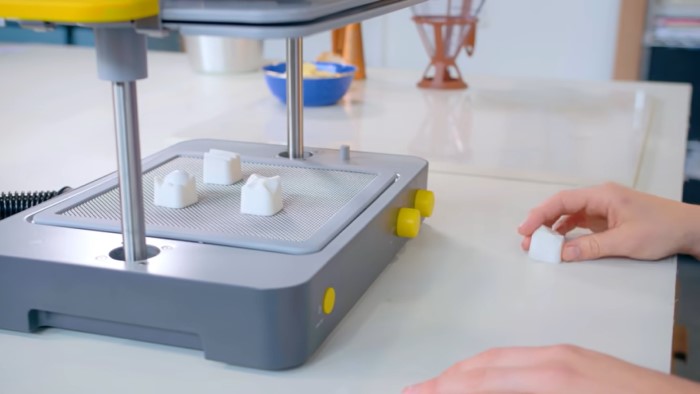
The objects are first placed on a tray. They can be anything, including objects from a 3D printer. (Screenshot YouTube/Mayku Formbox)
A 3D printer uses a computer to provide a blueprint so that it can 'build' an object from scratch. It creates the object itself.
A vacuum former isn't hooked up to a printer at all. And it doesn't create the object from scratch. It needs an original object to work from. Once it has that object, though, it can use it to make a mold. A mold is a 3D shape that you can pour liquids into and when they cool and harden, they take on that same shape.
An ice cube tray is a simple type of mold. You pour water into the various molds in the tray. Then you stick it in the freezer, and the water turns into ice, creating many cubes.
With a vacuum former, you can make a mold out nearly any object you like. And then that mold can be used to make all sorts of new objects in the original objects shape!
How it works
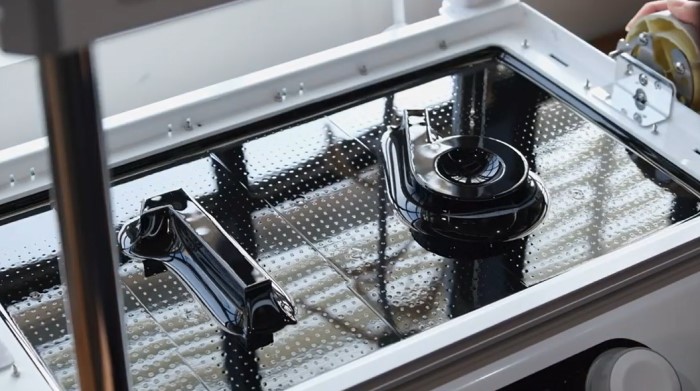
The heated plastic sheet is pressed down on the objects and then sealed tightly by suction from the vacuum. (Screenshot YouTube/FORMART)
All vacuum formers work in the same sort of way. There is a heated tray. The former is then attached to an everyday vacuum cleaner (the more powerful the better).
The object or objects that you want to make the mold out of are then placed on the heat tray. They can be shells, bowls, rocks, and so much more. They can even be something that you made with a 3D printer!
Then, a thin sheet of plastic is placed over the objects, and is sealed around all four edges. And finally, the vacuum is turned on.
Because the heat tray warms the plastic sheet, it can be easily bent. The vacuum sucks out all of the air in between the sheet and heat tray, sealing it tight to the objects on the tray. The plastic sheet immediately takes the form of the objects. Then the whole device cools and the plastic holds its new shape.
It all happens in seconds!
What you can do with it
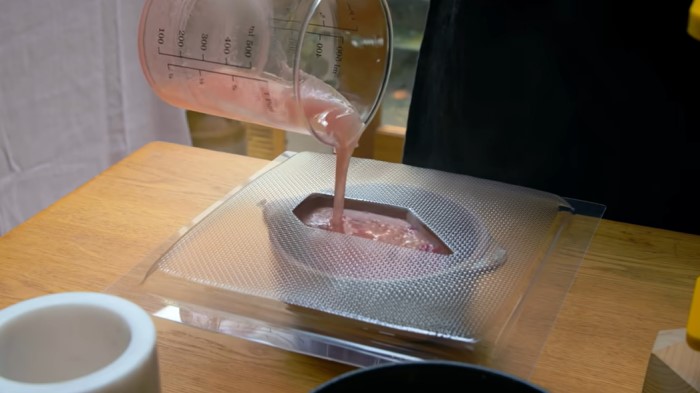
The mold can be used to shape all sorts of substances that will harden into solids after cooling. (Screenshot YouTube/Mayku Formbox)
Once you have the mold made, what you do with it is up to you.
You can pour heated plastic into it to make useful solid objects, like stands for displaying pictures and books. You can also use it as a mold to cast concrete or plaster.
Molds can even be used to make edible objects like chocolate and candies. Or maybe cool shaped soap bars or candles.
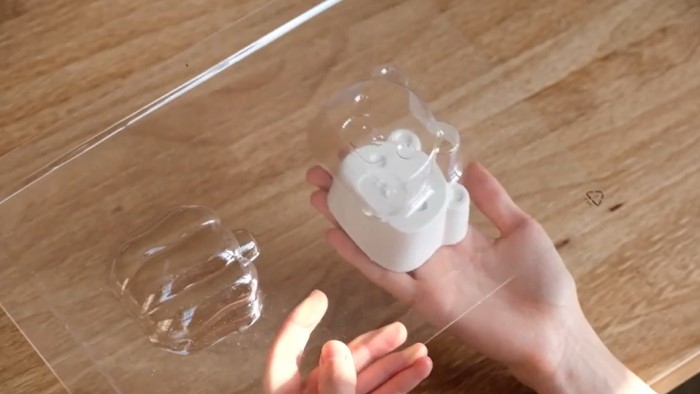
We can 'bearly' believe that these heads were made with a vacuum former! (Screenshot YouTube/FORMART)
Much like a 3D printer, your imagination is basically the only limitation on what you can create. And like a 3D printer, it is a really great device for DIY workshops, inventors, and makers—people who combine tech and crafts to make all sorts of eye-catching stuff.
What would you use a vacuum former to make?
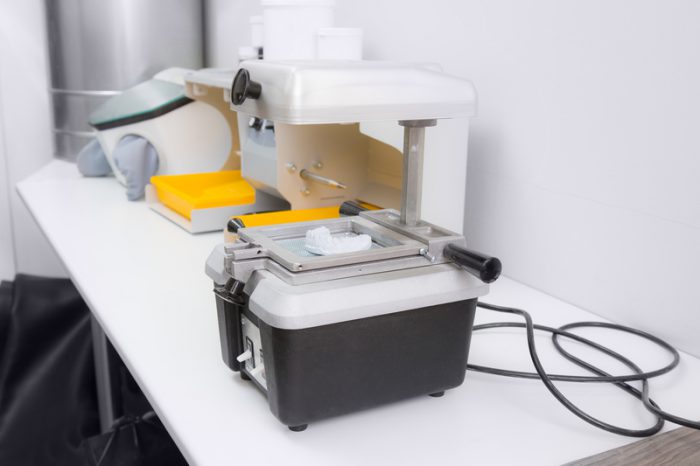 This vacuum former is being used to make a mold for a mouthguard. Vacuum formers has all sorts of applications. (ID 230247255 © Dmitry Sorokin | Dreamstime.com)
This vacuum former is being used to make a mold for a mouthguard. Vacuum formers has all sorts of applications. (ID 230247255 © Dmitry Sorokin | Dreamstime.com)









